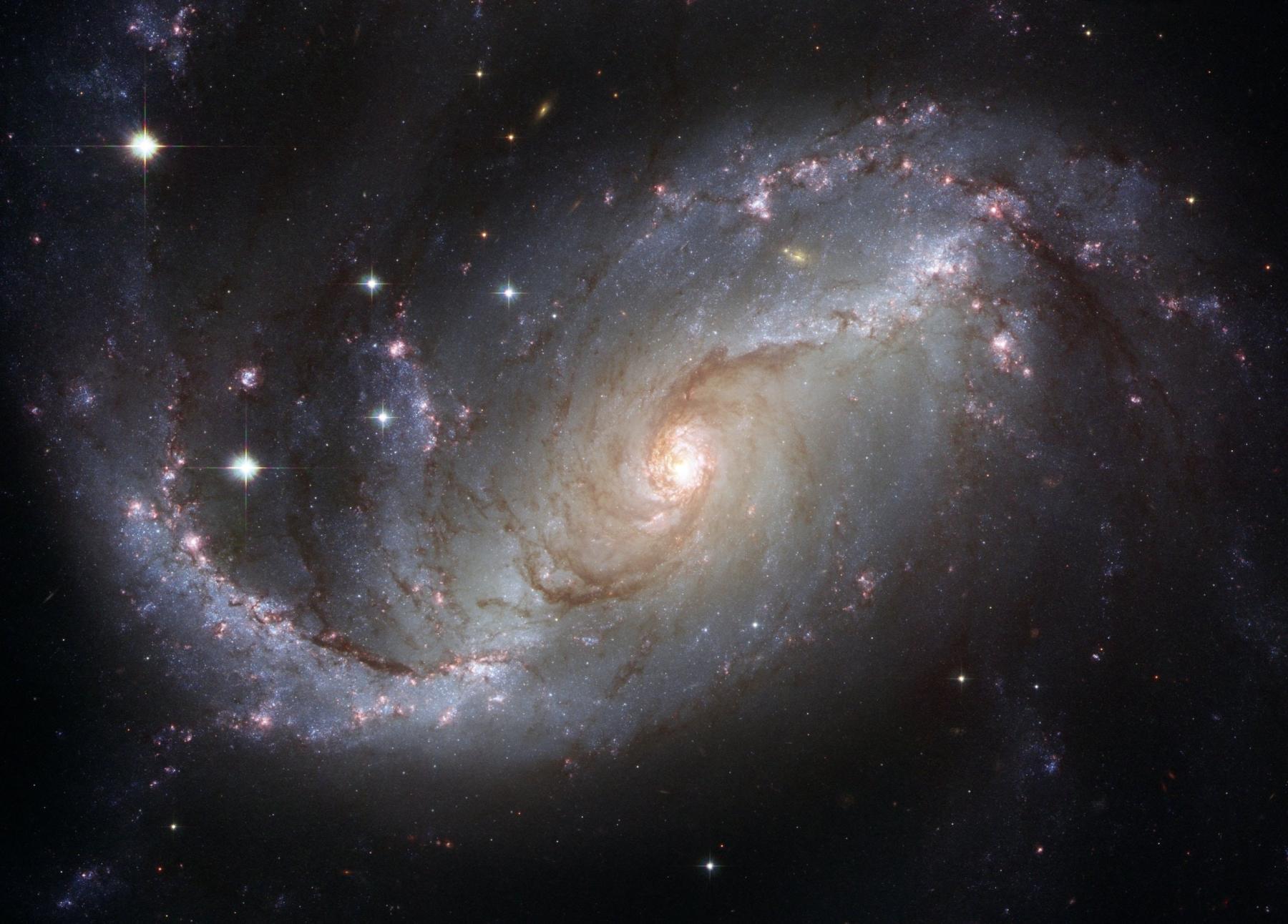
How Much Space?
by Hannah McKolay
I use this lesson as a fun activity to visualize unit conversions and the immense scale of the universe. I love this lesson because I find it challenging to teach unit conversions with hands-on applications (other than standard measurement activities, of course!). It also allows us to get outside, which I try to do as much as possible!
Lesson Plan Link/URL
https://docs.google.com/presentation/d/1mCEAev0NXVvNnO9PH_8kfKX44tj5gX2I/edit?u…Subject Area
Earth and Space Science E2: Earth & the Universe Technology 3. Knowledge Constructor 5. Computational Thinker Mathematics Operations and Algebraic Thinking (OA) Measurement and Data (MD) Ratio and Proportion (RP) English Language Arts (ELA) Reading (Informational Text)
Featured
Off
Related Content

Grades:
8th Grade, 9th Grade, 10th Grade, 11th Grade, 12th Grade
A lesson that dives into the fusion of Art and Chemistry. Students will make their own pigments using common plants by using an acid-base reaction. They will test the effects of different solvents in

Grades:
6th Grade, 7th Grade, 8th Grade, 9th Grade, 10th Grade, 11th Grade, 12th Grade
This lesson is designed to encourage students to explore their interests and pursue their passions while diving into the world of STEM. This lesson takes place in a classroom for one semester. 1 hour

Grades:
8th Grade, 9th Grade, 10th Grade, 11th Grade, 12th Grade
A lesson designed for an engineering course but that can be used in a science course where we investigate the physics of waves and how it can be applied to the world of art. Students will design and